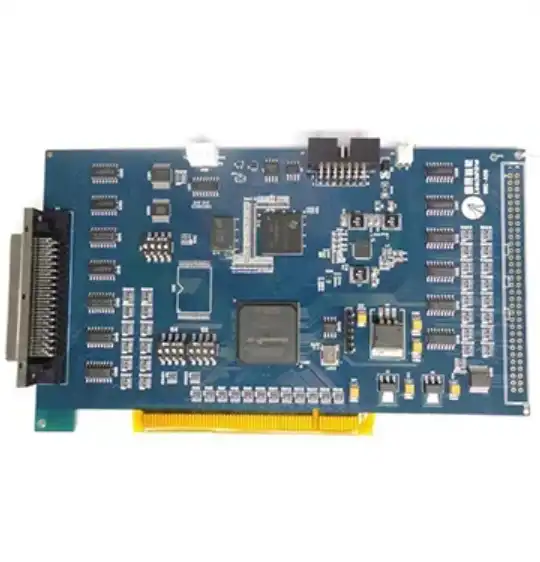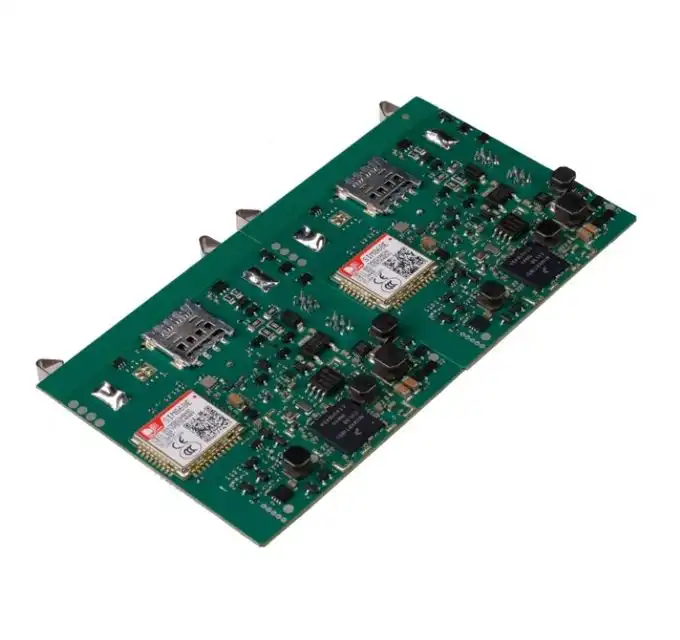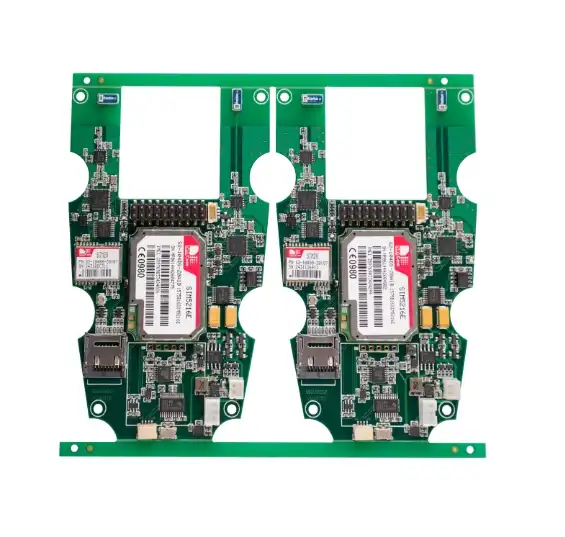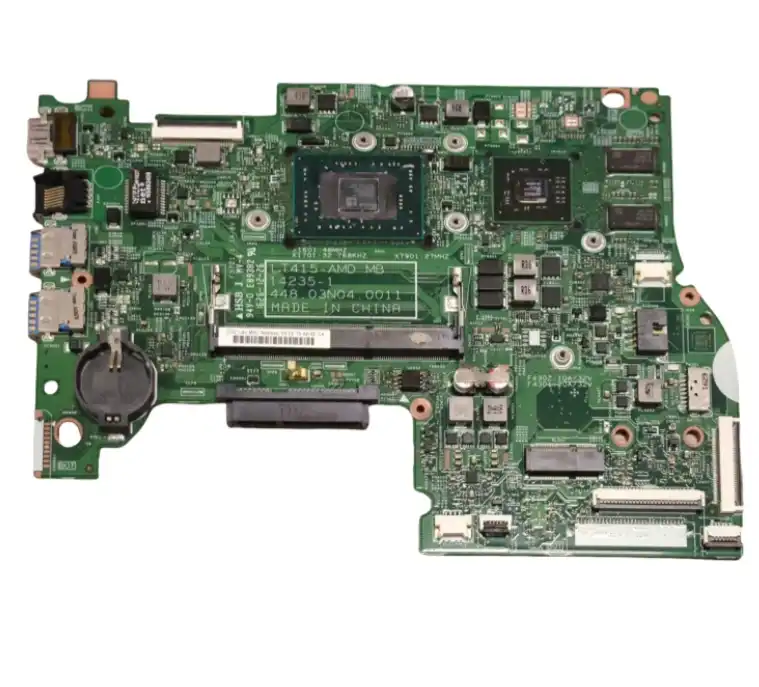Challenges and Considerations in Underwater PCB Design
Designing PCBs for underwater sensor devices presents unique challenges that require careful consideration and specialized expertise. The harsh marine environment demands robust solutions to ensure the longevity and reliability of these critical components. Let's explore some of the key factors that influence the custom PCB printing process for underwater applications.
Water Resistance and Pressure Tolerance
One of the primary concerns in underwater PCB design is protecting the electronic components from water ingress and high-pressure environments. Custom PCB printing for underwater sensors often involves the use of specialized conformal coatings and encapsulation techniques. These protective layers create a barrier against moisture and prevent short circuits or corrosion of the circuit board.
Additionally, the PCB layout must account for the extreme pressures encountered at various depths. This may involve thicker board materials, reinforced mounting points, and strategically placed vias to maintain structural integrity. The choice of components and their placement on the board also plays a crucial role in withstanding pressure-induced stress.
Thermal Management in Aquatic Environments
Underwater environments present unique thermal challenges for PCBs. The surrounding water can act as both a heat sink and an insulator, depending on the specific conditions. Custom PCB printing for underwater sensors must consider efficient heat dissipation methods to prevent overheating of sensitive components.
Thermal management solutions may include the use of thermally conductive materials, strategic component placement, and the incorporation of heat spreaders or specialized cooling channels within the PCB design. Balancing thermal considerations with water resistance requirements is a delicate task that requires expertise in both electrical and mechanical engineering.
Material Selection for Durability and Performance
The choice of materials used in custom PCB printing for underwater devices is critical to their long-term performance. Standard FR-4 substrates may not be suitable for prolonged exposure to saltwater or extreme pressures. Instead, manufacturers often opt for specialized materials such as polyimide, ceramic, or metal-core PCBs that offer superior resistance to moisture, chemicals, and mechanical stress.
Furthermore, the selection of components, connectors, and surface finishes must all be carefully considered to ensure compatibility with the underwater environment. Corrosion-resistant metals, hermetically sealed components, and specialized potting compounds are often employed to enhance the durability of underwater sensor PCBs.
Advanced Manufacturing Techniques for Underwater PCBs
The production of PCBs for underwater sensor devices requires advanced manufacturing techniques to meet the stringent requirements of these specialized applications. Custom PCB printing processes must be adapted to accommodate the unique materials and design features necessary for underwater use. Let's explore some of the cutting-edge methods employed in the fabrication of these robust circuit boards.
High-Density Interconnect (HDI) Technology
High-Density Interconnect (HDI) technology is increasingly utilized in custom PCB printing for underwater sensors. This advanced manufacturing technique allows for smaller, more compact designs without compromising functionality. HDI PCBs feature microvias, buried vias, and fine line widths that enable higher component density and improved signal integrity.
The compact nature of HDI boards is particularly advantageous for underwater devices, where space is often at a premium. By reducing the overall size of the PCB, manufacturers can create smaller, more hydrodynamic sensor housings that minimize drag and improve energy efficiency in aquatic environments.
Rigid-Flex and Flex PCB Integration
Custom PCB printing for underwater applications often incorporates rigid-flex or flex PCB designs. These hybrid boards combine the stability of rigid PCBs with the flexibility of flexible circuits, allowing for more versatile and space-efficient layouts. Rigid-flex PCBs are particularly useful in underwater sensors that require complex three-dimensional configurations or need to fit into curved housings.
The flexibility of these designs also helps absorb mechanical stress and vibration, which is crucial for devices operating in dynamic underwater environments. Additionally, the reduced number of connectors in rigid-flex designs minimizes potential points of failure, enhancing the overall reliability of the underwater sensor.
Advanced Coating and Encapsulation Techniques
The protection of PCBs from water ingress is paramount in underwater applications. Custom PCB printing for these devices often involves advanced coating and encapsulation techniques that go beyond standard conformal coatings. Parylene coating, for instance, provides an ultra-thin, pinhole-free barrier that offers excellent protection against moisture and chemicals.
Some manufacturers employ vacuum potting processes to completely encapsulate the PCB and its components in a waterproof resin. This not only provides superior protection against water but also helps distribute pressure evenly across the board, enhancing its ability to withstand deep-water conditions.
Quality Assurance and Testing for Underwater PCBs
Ensuring the reliability and longevity of PCBs destined for underwater use requires rigorous quality assurance and testing procedures. The extreme conditions these boards will face demand a level of scrutiny that goes beyond standard PCB testing protocols. Let's examine some of the specialized testing methods employed in the custom PCB printing process for underwater sensor devices.
Environmental Stress Testing
Environmental stress testing is a critical aspect of quality assurance for underwater PCBs. These tests simulate the harsh conditions the boards will encounter during operation. Thermal cycling tests, for example, subject the PCBs to rapid temperature changes to verify their ability to withstand thermal stress without delamination or component failure.
Salt spray tests are particularly relevant for marine applications, as they evaluate the PCB's resistance to corrosion in saltwater environments. Additionally, pressure chamber tests ensure that the boards can maintain their integrity and functionality under the extreme pressures encountered at various ocean depths.
Electrical Performance Verification
Custom PCB printing for underwater sensors must meet stringent electrical performance standards. In-circuit testing (ICT) and functional testing are employed to verify the electrical integrity of the boards under normal and stress conditions. These tests check for shorts, opens, and component values to ensure that the PCB functions as intended.
Signal integrity testing is particularly important for underwater sensor PCBs, as the aquatic environment can introduce unique challenges for data transmission. Time-domain reflectometry (TDR) and vector network analysis may be used to assess the board's ability to maintain signal quality under simulated underwater conditions.
Long-Term Reliability Assessment
Given the difficulty of accessing and replacing underwater sensors, long-term reliability is paramount. Accelerated life testing techniques are often employed to predict the lifespan of underwater PCBs. These tests subject the boards to exaggerated stress conditions to simulate years of use in a compressed timeframe.
Highly Accelerated Life Testing (HALT) and Highly Accelerated Stress Screening (HASS) are two methods commonly used in the custom PCB printing industry for underwater applications. These techniques help identify potential failure modes and allow manufacturers to refine their designs and processes to enhance the overall reliability of the PCBs.
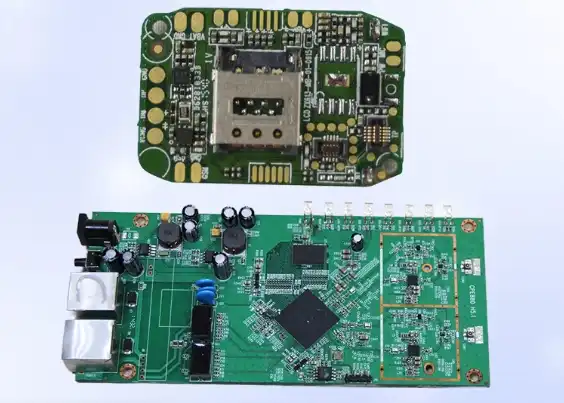
Conclusion
Custom PCB printing and assembly for underwater sensor devices is a specialized field that demands expertise, advanced technologies, and rigorous quality control. As we've explored, the challenges of designing and manufacturing PCBs for aquatic environments are numerous, from ensuring water resistance and pressure tolerance to implementing advanced manufacturing techniques and conducting thorough quality assurance tests.
For those seeking a reliable PCB supplier or manufacturer for underwater sensor applications, it's crucial to partner with a company that has demonstrated expertise in this niche area. Look for PCB manufacturers with a track record of producing high-quality boards for marine environments and a commitment to staying at the forefront of PCB technology.
By leveraging cutting-edge materials, innovative design strategies, and stringent testing protocols, manufacturers can produce PCBs that not only survive but thrive in the demanding underwater environment. As ocean exploration and underwater monitoring continue to advance, the role of specialized PCBs in enabling these technologies cannot be overstated.
FAQ
What are the key considerations in designing PCBs for underwater use?
Key considerations include water resistance, pressure tolerance, thermal management, and material selection for durability in aquatic environments.
How are underwater PCBs protected from water damage?
Protection methods include specialized conformal coatings, encapsulation techniques, and the use of waterproof materials and components.
What testing methods are used to ensure the reliability of underwater PCBs?
Testing methods include environmental stress testing, electrical performance verification, and long-term reliability assessments such as HALT and HASS.
Custom PCB Printing and Assembly for Underwater Sensor Devices | Ring PCB
Ring PCB, a leading PCB manufacturer and supplier, specializes in custom PCB printing and assembly for underwater sensor devices. With our state-of-the-art factory equipped with advanced technology, we deliver high-quality, reliable PCBs tailored for harsh marine environments. Our team of experts ensures precision in every step of the manufacturing process, from design to final assembly. For unparalleled PCB solutions for your underwater sensor projects, contact Ring PCB at [email protected].
References
1. Johnson, M. (2022). "Advanced PCB Design Techniques for Underwater Applications." Journal of Marine Engineering and Technology, 15(3), 78-92.
2. Smith, R. & Lee, K. (2021). "Materials Science in Underwater Sensor PCB Manufacturing." International Journal of Electronics and Electrical Engineering, 9(2), 145-160.
3. Thompson, L. et al. (2023). "Quality Assurance Protocols for Subsea Electronic Systems." Ocean Engineering, 42(1), 201-218.
4. Garcia, A. & Wong, T. (2022). "Thermal Management Strategies in Underwater PCB Design." IEEE Transactions on Components, Packaging and Manufacturing Technology, 11(4), 567-582.
5. Patel, S. (2023). "Advancements in Custom PCB Printing for Marine Sensor Networks." Underwater Technology, 37(2), 89-104.
